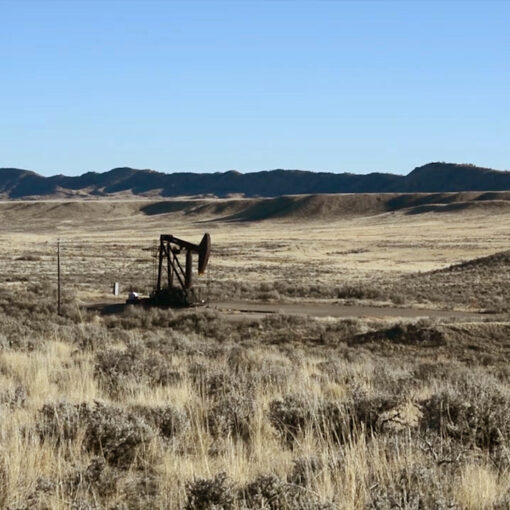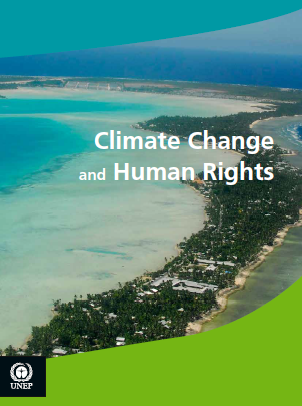By Romany Webb
On Wednesday, March 13, the United Nations Environment Programme released its sixth Global Environment Outlook warning that “[t]ime is running out to prevent the irreversible and dangerous impacts of climate change.” Consistent with other UN reports, the Outlook calls for urgent action to reduce climate-damaging carbon dioxide emissions, which must reach “net zero” around mid-century and then go “net negative.” This will likely require the use of carbon management techniques, such as carbon capture and storage (CCS). During CCS, carbon dioxide is collected at its source and permanently disposed of underground, thus preventing it from further increasing the atmospheric concentration of carbon dioxide. Negative emission technologies (e.g., direct air capture) can reduce existing atmospheric carbon dioxide levels by removing the gas from the ambient air, and perhaps disposing of it underground.
To ensure CCS and direct air capture deliver lasting climate benefits, disposal sites must be carefully selected to avoid leakage of carbon dioxide. One promising option involves injecting carbon dioxide into sub-seabed geologic formations comprised of basalt rock, which reacts with carbon dioxide, converting it into an immovable solid and thereby substantially reducing the potential for leaks. One large basalt rock formation, with the capacity to store 100-years’ worth of U.S. carbon dioxide emissions, is located off the coast western North America. While carbon dioxide injection in that area is technically feasible, injection projects may be hampered by various legal issues. Those issues, and possible solutions to address them, are discussed in a new Sabin Center white paper published today.
The paper – Overcoming Impediments to Offshore Carbon Dioxide Storage: Legal Issues in the U.S. and Canada – explores the current legal frameworks governing sub-seabed carbon dioxide injection in U.S. federal and Canadian waters. As discussed in the paper, neither the U.S. nor Canada has enacted comprehensive legislation specific to sub-seabed injection, resulting in significant uncertainty as to how future projects will be regulated. Projects may be subject to a patchwork of general laws that were developed for other activities and are often poorly suited to regulating carbon dioxide injection. Indeed, the laws currently prohibit some injections projects entirely, and impose unnecessarily burdensome restrictions on others. Unless and until these issues are addressed, injection projects are unlikely to occur in U.S. federal and Canadian waters, despite the potential climate benefits. To realize those benefits, the paper recommends that both the U.S. and Canada enact legislation that deals specifically with sub-seabed carbon dioxide injection, establishing a well-defined framework for the regulation of future projects.





